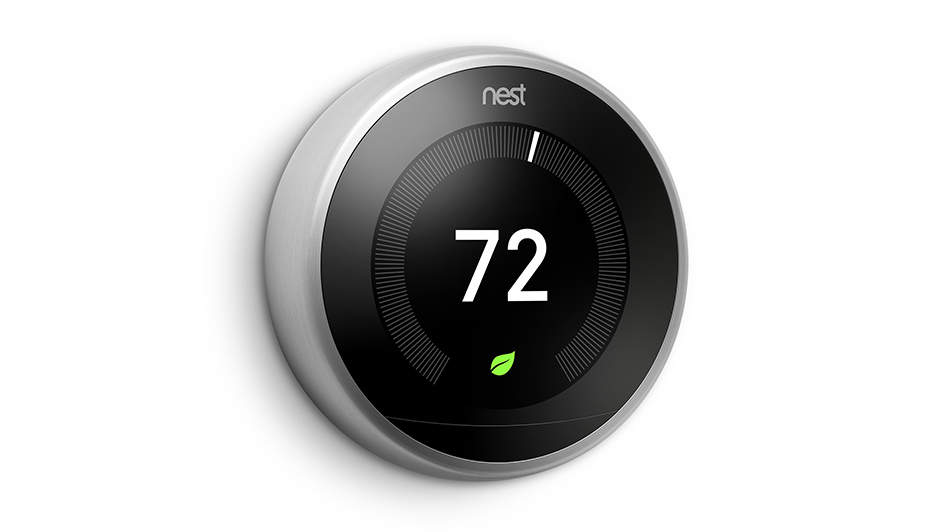
The Nest thermostat is one of the most popular smart thermostats you can get. And for good reason. It picks up on your temperature preferences and creates an energy-efficient schedule to match. And using geofencing with your phone, the Nest Learning Thermostat and Nest E realize when you’re at your residence or gone and can adjust temps to help you save even more.
The Nest is compatible with a vast range of 24-volt heating and cooling systems, but it’s always a smart idea to check the Nest thermostat compatibility checker before getting one. Don’t forget to check with your energy company for valuable rebates, as you might be able to get a Nest for free or close to it.
Once you’ve confirmed it’s compatible, you can either hook it up without help or contact a HVAC pro like Clean Air HVAC. If you’re putting it in without help, you’ll spot a terminal for the C-wire, or common wire. This wire is just used for powering your thermostat. If your house or HVAC system is older, you might not have one of these wires. In the majority of cases, Nest says this isn’t a setback as the thermostat can pull enough power from other heating and cooling wires.
In some cases, your heating and cooling system may need that C-wire. And here’s why.
Why Your Nest Keeps Losing Power and Other Malfunctions
The Google Nest Thermostat is better than outdated programmable thermostats that rely on a combination of wiring and AA batteries for power. It uses a rechargeable lithium-ion battery and wiring to connect to Wi-Fi, power its digital display and run your heating and cooling system.
8 Common Nest Thermostat Issues
If it can’t draw adequate power, Nest says you might encounter some of these problems:
- Short battery life.
- Thermostat motion sensing won’t work.
- Your thermostat occasionally disconnects from Wi-Fi.
- Your system abruptly turns on or off, or won’t turn off.
- Your system is creating strange noises, like chattering, stuttering, clicking or thumping.
- Heating or cooling is short cycling, or frequently turning on and off in a short period of time.
- There is a delay message on your Nest thermostat’s screen, along the lines of “heating is delayed for 2:30 minutes.”
- The system fan is continuously running, won’t turn on or turns off and on repeatedly in a short period of time.
You may think something is suspect with your heating and cooling system, but if you just started using the Nest, we advise you check your thermostat initially. This is especially true if the weather is mild, and you haven’t been relying on your heat or air conditioning consistently.
Our Professionals Can Solve Nest Thermostat Problems
If you’ve gone through Nest thermostat troubleshooting by yourself but can’t repair the problem, a smart thermostat specialist including one from Clean Air HVAC can provide support. We can diagnose the issue and put in a C-wire, if required.
Smart thermostats like the Nest are designed to make your life easier, through automatic energy-efficient programming and the opportunity to keep an eye on settings while you’re out. It’s a frustrating experience when yours won’t run correctly, but our heating and cooling specialists at Clean Air HVAC can take care of the problem fast.
If you’re going through weird heating and cooling behavior with your new Nest, reach out to us at 925-233-6238 to request your appointment now.


